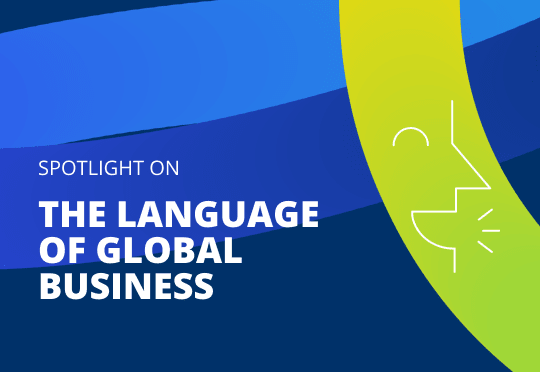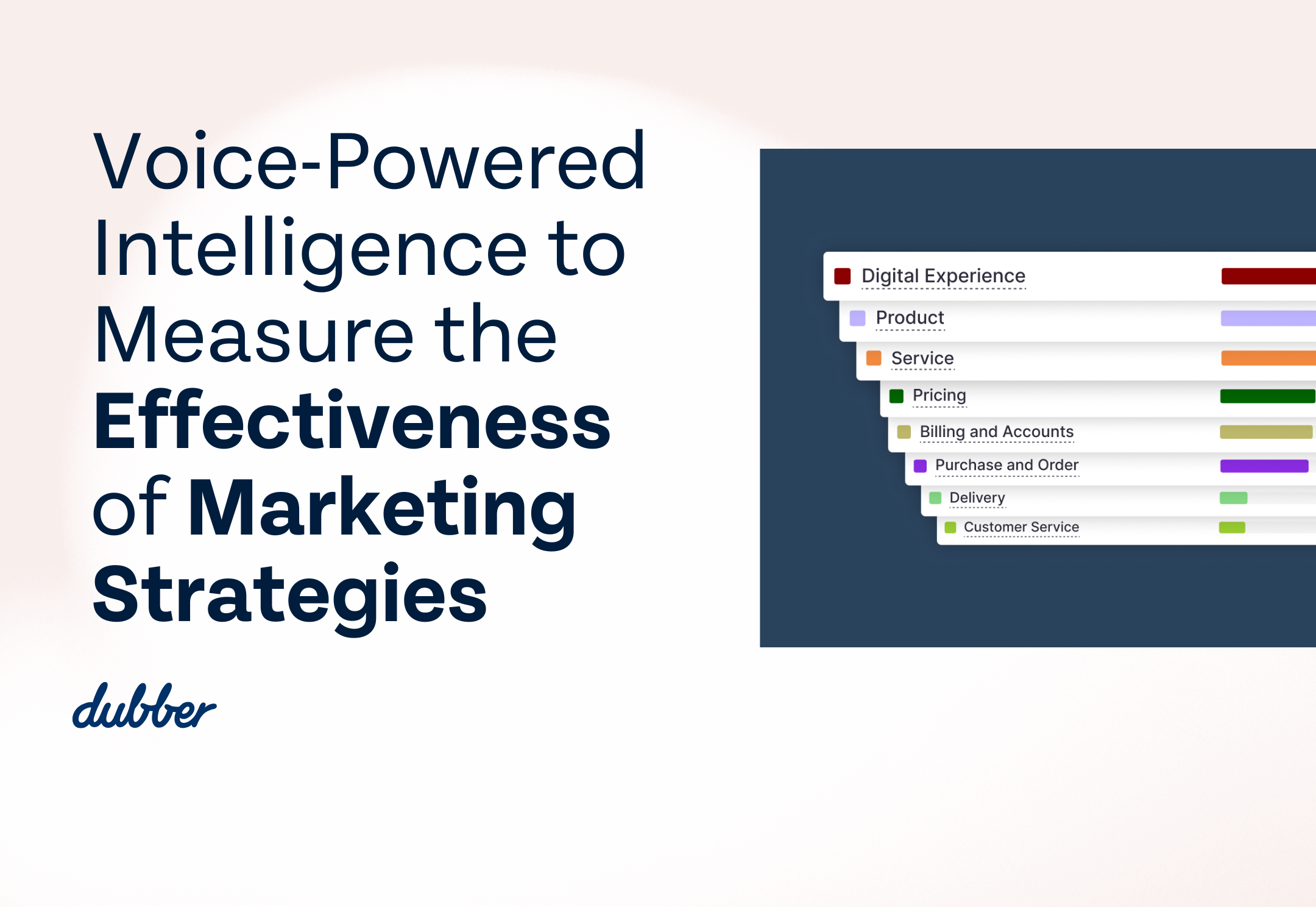

The language of global business
As business becomes more and more international, the languages used to communicate only become more numerous. This globalised way of operating requires a multilingual approach.
With national economies fluctuating constantly, the dominant languages of business may change – and global companies will need to be prepared. As part of their international expansion, businesses should include language in their strategy.
In the same way that machine translation has improved accessibility online, machine transcription is facilitating global business. The intersection of machine learning and language translation is helping businesses across the world reach new audiences. Part of Dubber’s mission to bring voice AI to everybody is breaking down language barriers and allowing everyone to operate in their preferred language. Offering more languages for transcription helps us better serve businesses who operate globally.Good communication allows people located across the globe to exchange information and ideas and coordinate work and business operations. With remote work the new normal, business in the future may operate from different continents as standard. AI is facilitating this. Research in the US found that the introduction of machine translation increased exports by 10.9% and improved economic efficiency1.
Speaking your language
Not only is it important that your voice transcription solution supports different languages but also regional variants. While Spanish speakers from around the world might speak the same language on paper, there are many regional differences. Companies who operate in Spanish speaking areas including Puerto Rico and Mexico use Dubber’s services, and are supported by the regional transcription variants that we provide.
In order to offer the broadest possible range of languages to our customer base we use multiple transcription services – adding Google Cloud Speech-to-Text to our arsenal this year. Google and IBM Watson also help us to identify caller sentiment, including tone and emotion.
One of the key advantages of AI transcription is speed: AI can transcribe hours of recordings quickly – work that would take human transcribers days or even years. This makes machine transcription much cheaper than employing a human transcriber, or using the time of your staff to review calls. With voice AI able to detect keywords and analyse the sentiment of a call, the expertise of your employees can be saved for reviewing the tiny sample of calls identified as requiring attention.

